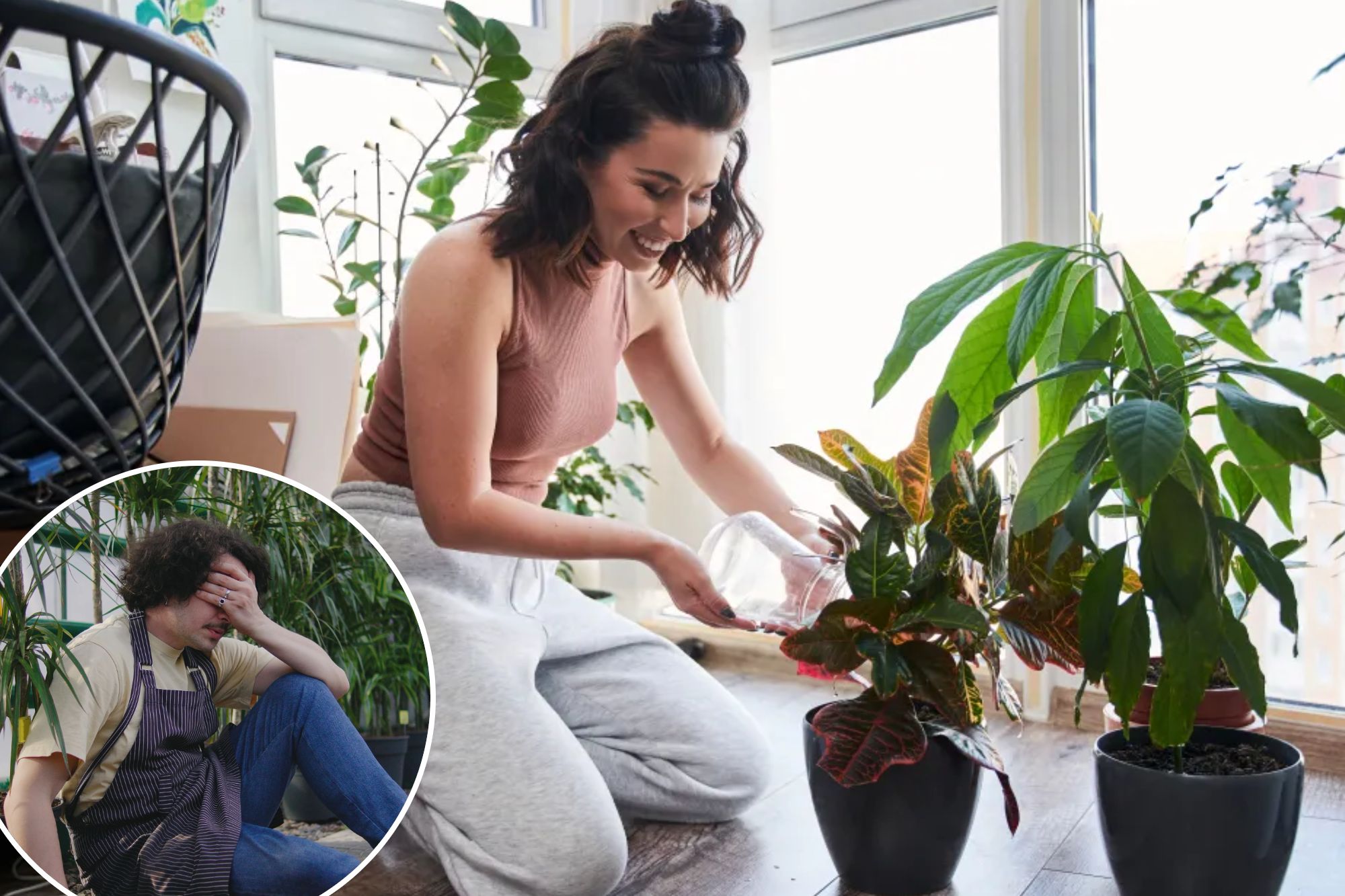Health
Discover the Ideal Amount of Indoor Plants for Well-Being

Recent research from Stanford University reveals that while houseplants are known to enhance well-being, an excess of indoor greenery can lead to increased stress. The study, which involved 412 participants, explored the delicate balance of plant presence in indoor environments and how it affects mental health.
For centuries, various cultures, including the Ancient Egyptians and Sumerians, have adorned their living spaces with plants. Today, the trend continues to flourish, especially among Millennials and Generation Z, with surveys indicating that two-thirds of American households now have at least one indoor plant. However, this new research suggests that moderation is key.
The Stanford team developed the Nature View Potential tool to analyze the visibility of natural elements within indoor spaces. According to Eva Bianchi, the lead author of the study, the tool calculates how much of the indoor environment is perceived as greenery. The researchers utilized 3D modeling to create 11 digital conference rooms with varying levels of vegetation and assigned participants to these spaces for a series of professional development tasks.
Participants were first asked to complete a wellness questionnaire, after which they faced intentionally introduced stressors, such as challenging anagrams and numerical countdowns. To amplify the pressure, the researchers informed participants of below-average performance before they filled out the wellness questionnaire again. Despite the initial stress, all participants received compensation for their efforts.
The findings indicated that a moderate level of indoor greenery—approximately 20%—was optimal for enhancing participants’ feelings of restoration and belonging. Specifically, in a room measuring 13 square meters, this equated to around 17 plants along with a view of tree canopies. As Sarah Billington, the study’s senior author, noted, “Any nature helps, but if you really want to see an improvement, you have to get up to around that value.”
Conversely, environments saturated with plants, including hanging greenery and living walls, resulted in heightened stress levels among participants. Bianchi expressed surprise at these results, stating, “Around 60% total greenery and wood had the highest stress increase, which was contradictory to prior work.” Participants reported feelings of overwhelm, with some noting the rooms felt “too cluttered with plants” for productive work.
The study emphasized not only the quantity of plants but also the importance of feeling connected to them. Individuals who felt in tune with their environment reported greater mental and physical benefits. Bianchi remarked, “You don’t just put a bunch of nature inside the space; you make sure that the nature that you’re putting inside the space will successfully make the occupants feel connected to nature.”
Looking ahead, the researchers aim to refine the Nature View Potential tool to assist designers in creating indoor spaces that strike a balance between aesthetics and comfort. This research aligns with a growing trend of integrating plants into various settings to promote health and well-being.
In workplaces, studies have indicated that indoor plants can enhance productivity by up to 15%, while also reducing stress and feelings of depression. In educational environments, students surrounded by greenery have shown improved concentration and test scores. Furthermore, in healthcare facilities, patients have been found to recover from surgery more quickly and require fewer pain medications when their rooms contain plants.
As the popularity of indoor gardening continues to rise, understanding the optimal amount of greenery can help individuals create serene and restorative environments, enhancing their overall quality of life.
-

 Technology5 months ago
Technology5 months agoDiscover the Top 10 Calorie Counting Apps of 2025
-

 Health2 months ago
Health2 months agoBella Hadid Shares Health Update After Treatment for Lyme Disease
-

 Health3 months ago
Health3 months agoErin Bates Shares Recovery Update Following Sepsis Complications
-

 Technology4 months ago
Technology4 months agoDiscover How to Reverse Image Search Using ChatGPT Effortlessly
-

 Technology1 month ago
Technology1 month agoDiscover 2025’s Top GPUs for Exceptional 4K Gaming Performance
-

 Technology2 months ago
Technology2 months agoElectric Moto Influencer Surronster Arrested in Tijuana
-

 Technology5 months ago
Technology5 months agoMeta Initiates $60B AI Data Center Expansion, Starting in Ohio
-

 Technology5 months ago
Technology5 months agoRecovering a Suspended TikTok Account: A Step-by-Step Guide
-

 Health4 months ago
Health4 months agoTested: Rab Firewall Mountain Jacket Survives Harsh Conditions
-

 Lifestyle5 months ago
Lifestyle5 months agoBelton Family Reunites After Daughter Survives Hill Country Floods
-

 Technology4 months ago
Technology4 months agoHarmonic Launches AI Chatbot App to Transform Mathematical Reasoning
-

 Technology3 months ago
Technology3 months agoUncovering the Top Five Most Challenging Motorcycles to Ride





















